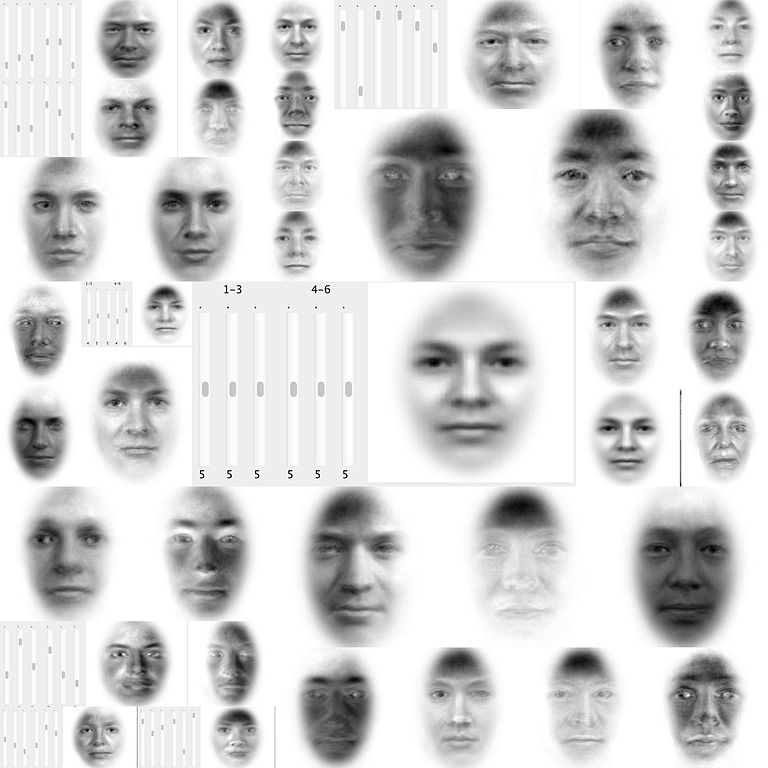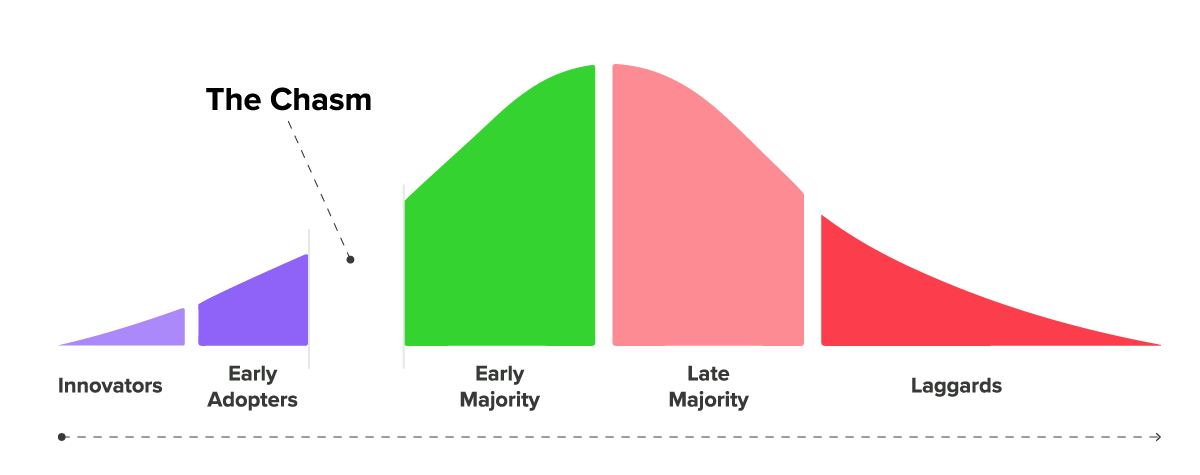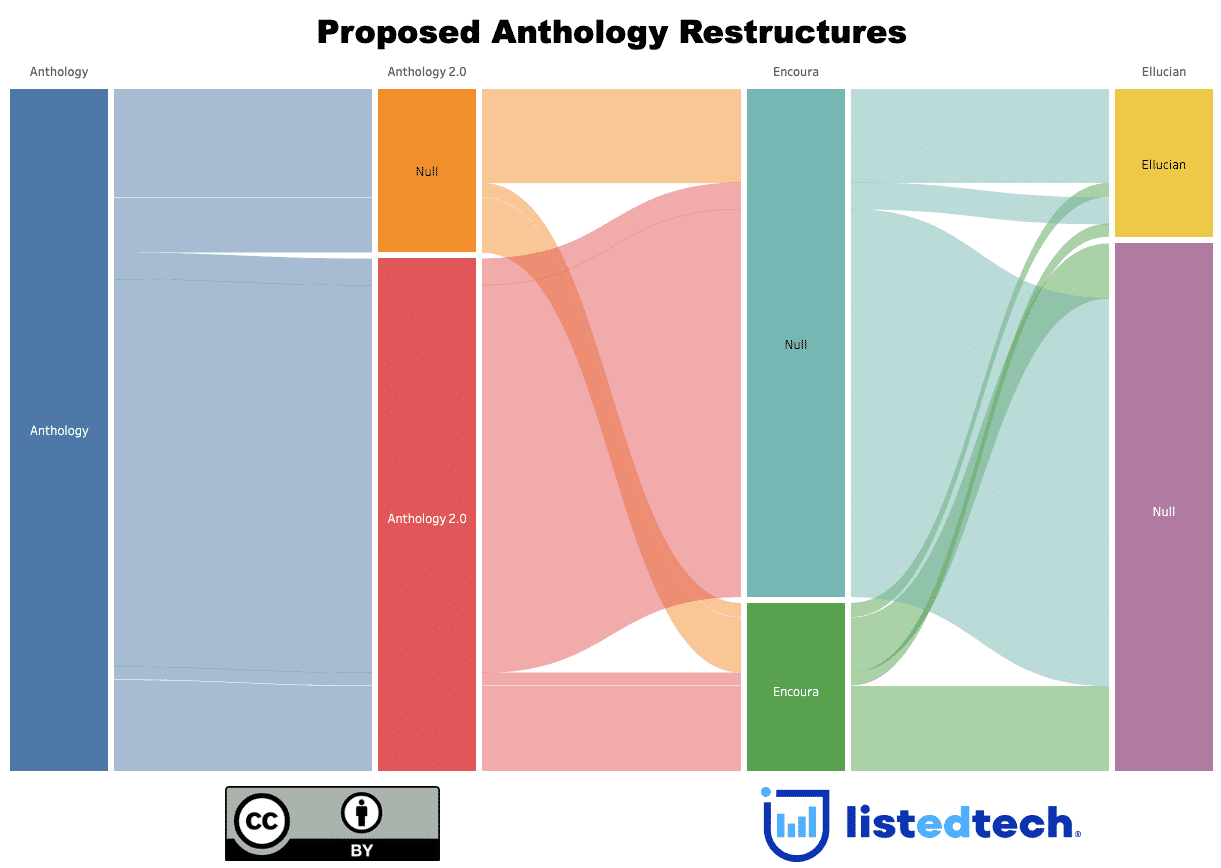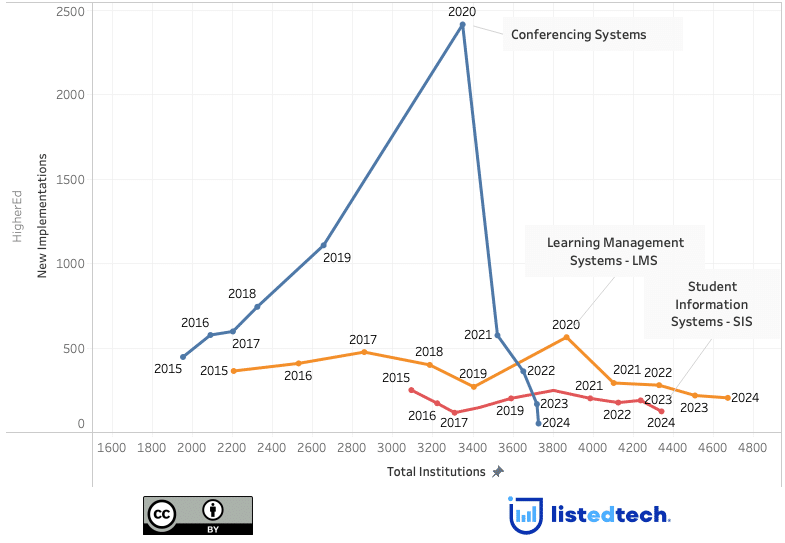
Artificial Intelligence in the world of higher education has made major headways recently. With chatbots (see previous article) now answering questions 24/7 and helping students navigate the complexities of the admission and registration procedures, AI programs are starting to be integrated in the everyday processes of university affairs.
The latest such trend is the facial recognition software, a controversial technology, especially in China where the population believes it is being tracked for a variety of other reasons including ethnic profiling.

This technology not only helps in admitting only registered students on campus, it also provides surveillance of the students’ learning in the classroom. This technology is also used in other South Asian countries. In Malaysia, it is being used as a ‘Smart Attendance System’ to cut down on fraudulent attendance in class. In comparison, Australian researchers are afraid that the captures and data are being made available without protections. While they are working on intelligent surveillance systems, they are meticulous in their ethics approval.
In other parts of the world, cameras on campus have been erected in order to start capturing and collecting facial images (see Duke University, 2014). These particular cameras were, however, later taken down following an investigation on approved protocol (The Chronicle). As for the K-12 institutions, this new technology is viewed as a possible safety mechanism, a “machine learning algorithms to identify people, objects, and even behaviours that could present safety threats.” (Education Week, July 18, 2018).
When it comes to products, FA6 Class can display accurate and on-demand attendance for teachers/professors and institutions. The system can also be used when entering the school premises. For universities, this could be useful to avoid cheating, especially during final examination periods. On the other hand, FaceFirst is designed to restrict access to specific zones or campus buildings. This could be the 24/7 reception for a university dorm.
SAFR by Real Networks, another AI product used in education settings, protects all personal data by encrypting facial recognition. SAFR also decided to offer their services free of charge to all K-12 institutions in the United States and Canada. This solution works with existing video surveillance systems and offers customizable settings like other solutions (FA6 and FaceFirst).
Therefore, while some colleges and universities find AI solutions to be instrumental in student success as well as an upgrade to secure systems access on mobile devices, many believe there is still much to be discussed in terms of data ownership, labelling of students and putting the focus of the management of the business education rather than on the improving of teaching and learning.
Sources:
- South China Morning Post: https://www.scmp.com/news/china/society/article/2152800/peking-university-installs-facial-recognition-system-students-and
- Ellucian News: https://www.ellucian.com/insights/facial-recognition-can-give-students-better-service-and-security
- The New York Times: https://www.nytimes.com/2019/07/13/technology/databases-faces-facial-recognition-technology.html
- Research @MSU: https://research.msu.edu/msu-licenses-its-large-scale-face-recognition-technology/
- Mashable SE Asia: https://sea.mashable.com/tech/4676/this-malaysian-university-will-use-facial-recognition-to-track-students-attendance
- AsiaOne: https://www.asiaone.com/china/chinese-university-says-new-classroom-facial-recognition-system-will-improve-attendance
- The Chronicle: https://www.dukechronicle.com/article/2019/06/duke-university-facial-recognition-data-set-study-surveillance-video-students-china-uyghur
- Tech in Asia: https://www.techinasia.com/day-university-china-means-face-scan-enrol
- ABC.net: https://www.abc.net.au/news/science/2019-07-25/facial-recognition-databases-universities-privacy-consent/11327100
Education Week: https://www.edweek.org/ew/articles/2018/07/18/facial-recognition-systems-pitched-as-school-safety-solutions-ra.html


